Ahh, the Balkans. It’s one of those corners of Europe that still doesn’t get as much love as it should!
It’s an amazing region to travel, especially if you’re on a budget or backpacking trip. It’s less expensive than others parts of Europe and, being for the most part less-visited, it retains a strong sense of authenticity. All this lends it very well to spontaneous and adventurous travel.
I’ve gone backpacking in the Balkans several times now. I’m still working on visiting all of the countries (sorry Serbia, I’ll be back!) but I’ve been to most countries — and some more than once. Here, I’ve compiled everything you need to know for a first-time Balkans backpacking trip.
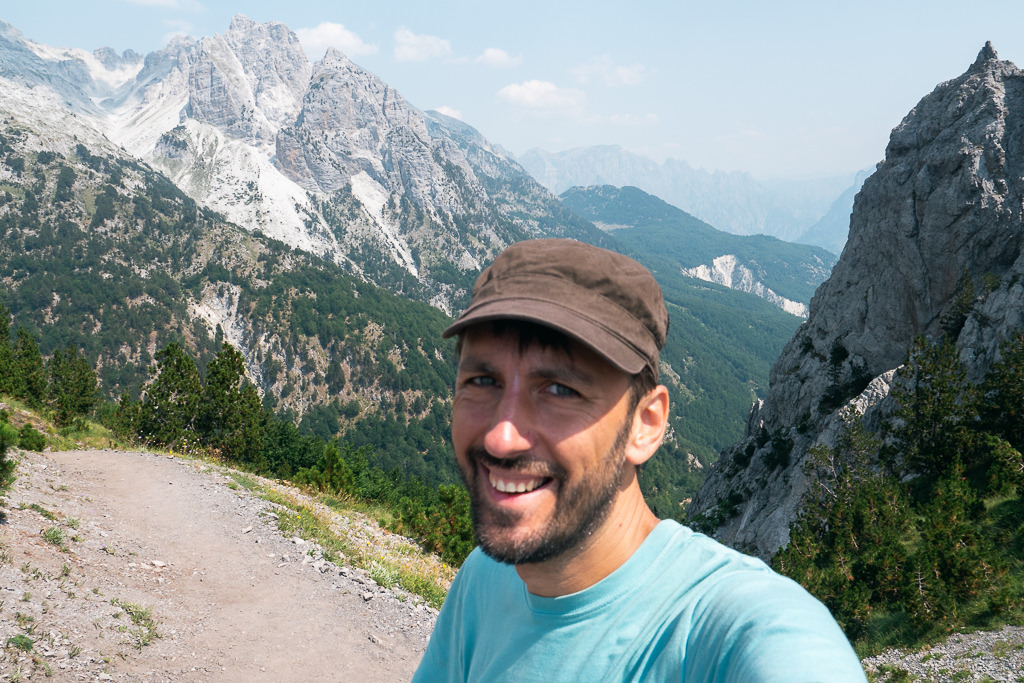
Where are the Balkans?
The answer to this is actually not so straightforward. Several definitions of this region of Europe are used, which can be a bit confusing. Allow me to explain.
Ahem. *Adjusts glasses*
Firstly, the countries most often included in the Balkans are Croatia, Bosnia-Herzegovina, Serbia, Montenegro, Kosovo, North Macedonia, and Albania. Sometimes these are called the “Western Balkans”.
Other countries that are sometimes seen as part of the Balkans are Slovenia, Romania, Bulgaria, and even mainland Greece.
Depending on who you ask, even Moldova or (European parts of) Turkey get lumped into this region, though this is far less common, so we’re going to leave those out of this Balkans travel guide.

Annoyingly, geographers never settled on where exactly to draw the lines. But broadly speaking, the Balkans refers to the southeastern part of Europe.
The region is named after the Balkan Mountains in Bulgaria.
A few Balkan highlights to get you in the mood:
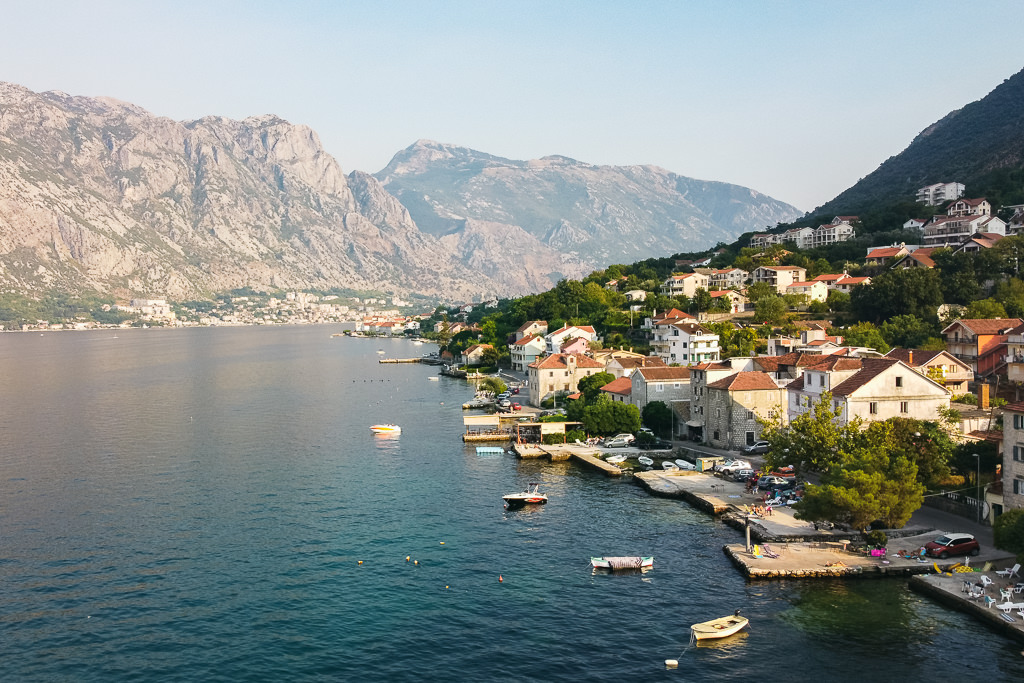
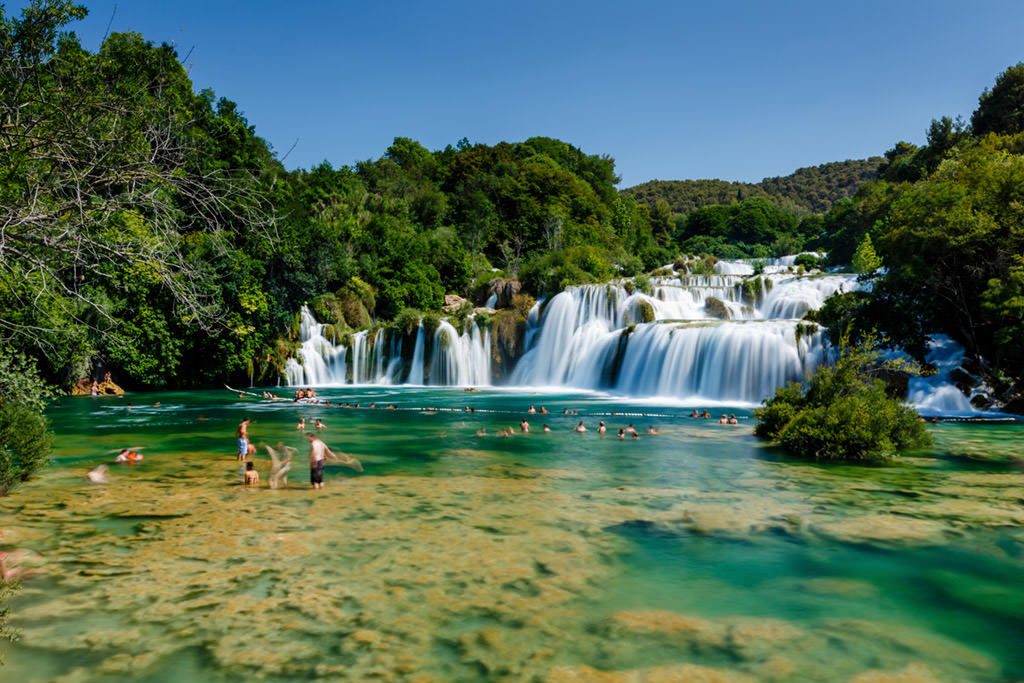
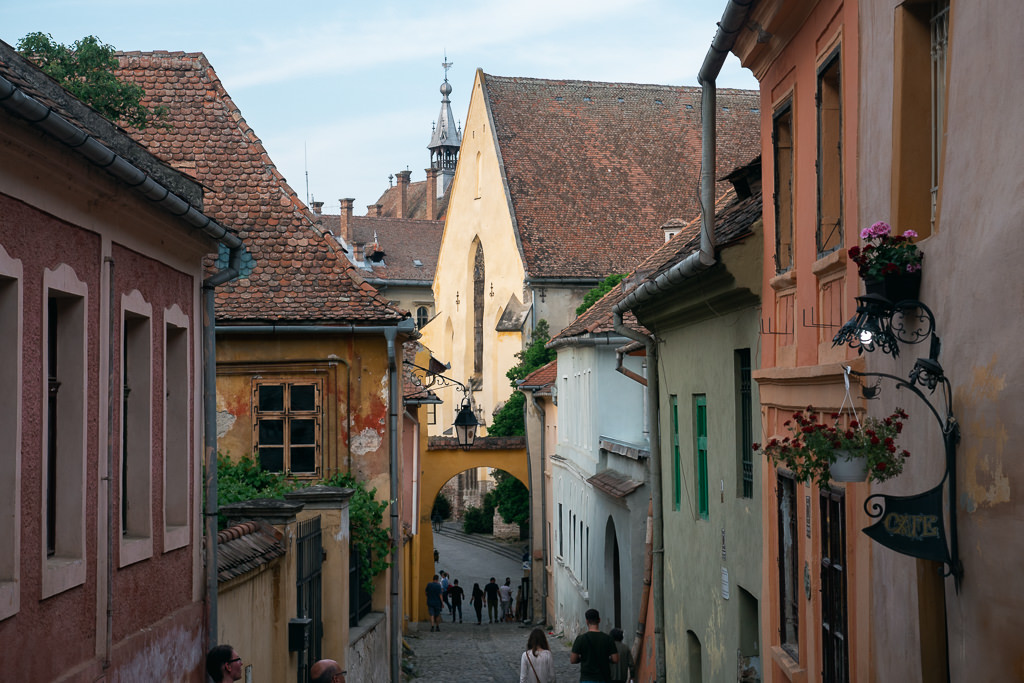
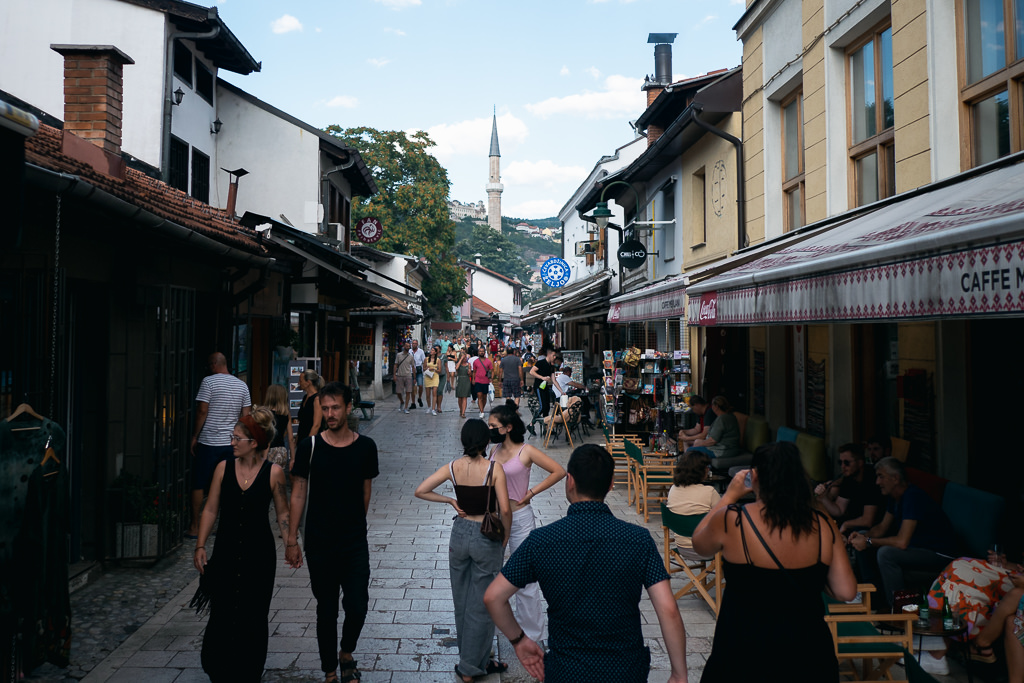
Why go backpacking the Balkans
Whichever way you slice it, the countries of Southeast Europe are ideal for a backpacking trip. I love backpacking in the Balkans mainly for two reasons:
- a) it’s extremely diverse and interesting and
- b) it’s very budget-friendly
A few parts have become expensive over the years, such as the Croatian coast. However, in terms of food, accommodation, and other travel costs, most of the Balkans is surprisingly affordable — especially relative to Western Europe.
I think backpacking is really fun in regions like the Balkans where you don’t always have to count your every last cent. When your daily budget isn’t a constant worry, it’s easier to travel more spontaneously.
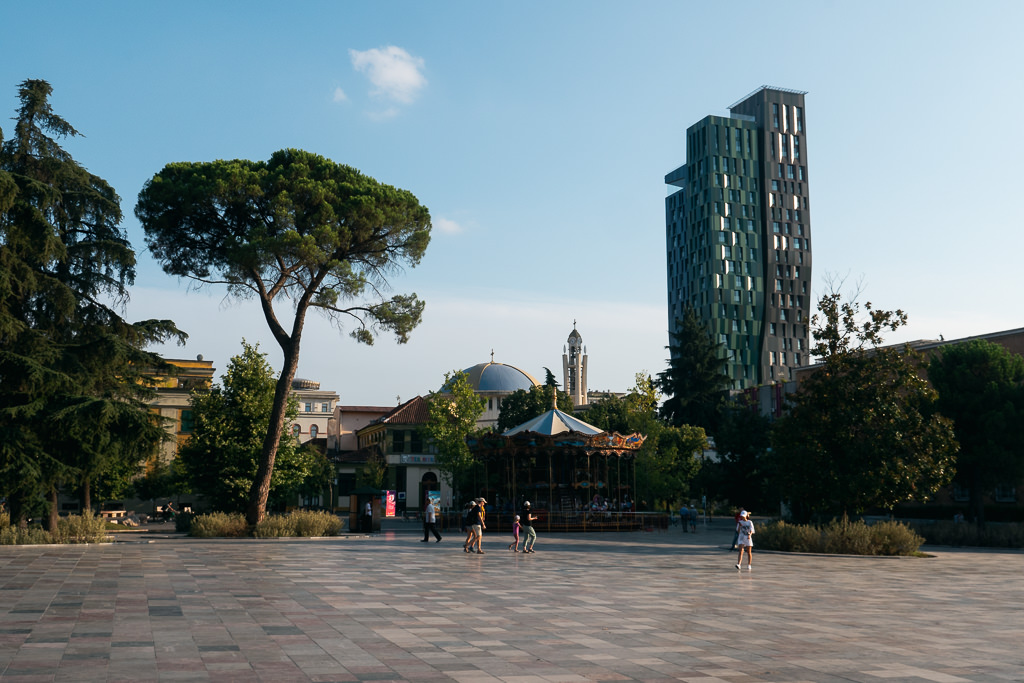
Parts of the Balkans are a bit less developed, but this adds to the charm. I often found a wonderful sense of hospitality and met my share of interesting characters around the region. Perhaps you’ll end up in a village somewhere drinking raki (a strong spirit) with the locals. (Warning: they do quite like to drink in the Balkans! If you intend to join in, prepare your liver.)
The region remains somewhat less-visited and thus less commercialized. The hostels also often have a real traveler atmosphere. Many are local businesses and run by families, providing not only a homely atmosphere but a real connection with the country. The same goes for many guesthouses or local hotels.
Within a fairly compact region you’ll find a collection of diverse cultures, so each country has something different to offer, making it really fun to cover several in one itinerary.
What to expect of the Balkans
The Balkans are perhaps not the most famous part of Europe. Whereas places like Rome or Paris are extremely well known through pop culture and media, you may not quite know what awaits you in the Balkans.
But this element of surprise is exactly why you should go!
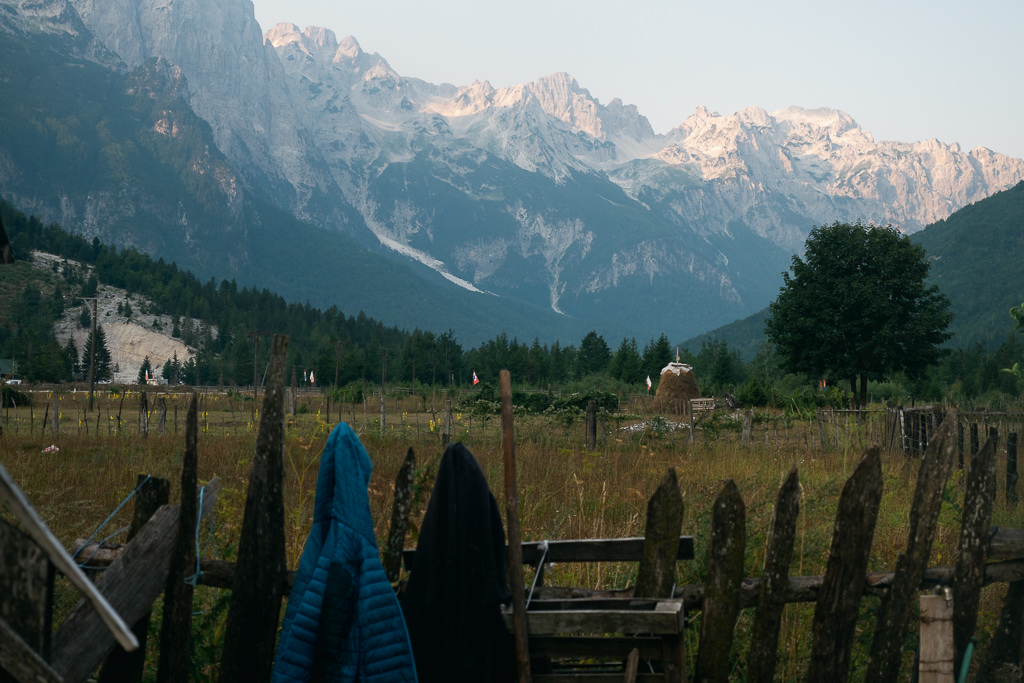
There is so much geographic and cultural diversity in the Balkans. One reason for this is that, through the ages, several empires fought over this region, each bringing different influences to it.
Take the food. It’s typically a blend of Central European with Turkish or other Western Asian influences — and it’s delicious.
The languages are a mishmash as well, some being Slavic, others being Latin, and some (like Albanian) being completely unique.
Religion is equally diverse with Catholic, Eastern Orthodox, and Islam being the most prominent. An interesting place in this regard is Sarajevo, the capital of Bosnia, where all the various places of worship have co-existed for centuries within the same area. They even call it the “Jerusalem of Europe”. (Sadly its peaceful reputation fell apart with the conflict in the 1990s about which you can learn a lot during your stay.)
Then there is the stunning nature of the Balkans:
- Along the coast, you’ve got Mediterranean beaches, islands, and epic bays (like Kotor Bay).
- The mountainous interiors are home to impressive peaks and Europe’s deepest and longest canyons. The Peaks of the Balkan trail network lets you follow cross-border routes through the mountains, as well as many others.
- Albania recently established Europe’s first Wild River National Park, fully protecting the entirely of the untamed Vjosa river. It’s amazing for wild water rafting.
- Further inland, countries like Romania have preserved some of Europe’s last true wilderness, with its forests home to wolves and brown bears.
Whether you’re looking to go island hopping and party in the sun, or want to get to know a fascinating part of European culture and history, the Balkans has it all.
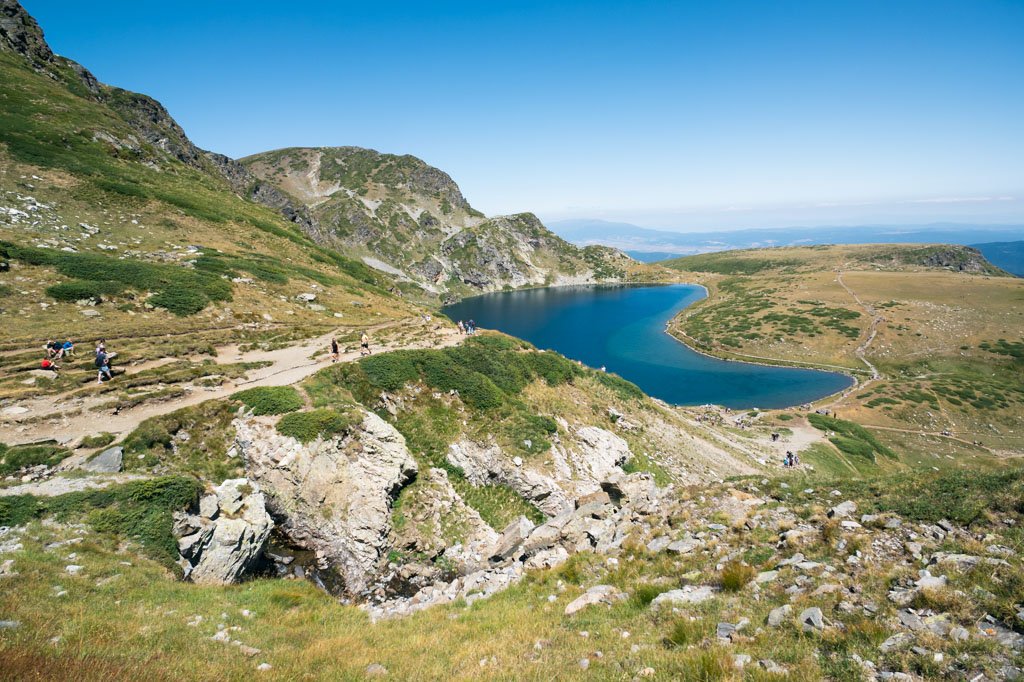
Best time to go
Any time of the year works fine for the Balkans — in theory. But it depends on what you want.
Summer is always a popular time to go. You’ll enjoy much longer days and can easily mix cultural sightseeing with relaxed days at the beaches or rivers.
Just be warned: if you don’t like crowds or high prices, you may want to avoid the Croatian and Montenegran coasts in July or August. Accommodation prices can as much as triple during this time. European families will be on beach holidays and massive cruise ships regularly dock in Montenegro. However, the inland areas will be much more relaxed.
The shoulder seasons offer fewer crowds but still good weather. Consider September-October and April-May. I once backpacked along the Balkan coast in late September and it was amazing: the waters were still wonderfully warm for a swim, but the August crowds had left.
Winter in the Balkans is mixed bag. Don’t bother with the Croatian coast during this time; I once went in February and it felt super empty everywhere and even a bit depressing. Literally the one thing we heard from locals was “why are you here?”. The coasts are 100% about the summer and I thought there was no real upside in trying to be original and exploring it in winter.
For a much better winter experience, consider going to the cities and interior areas. Take Romania — it has lots of fairytale-like towns, castles in the snow, and markets with mulled wine. Perfect winter material.
Balkans inland vs. the coast
Your Balkans backpacking experience will often depend greatly on, well, just how close you are to the sea. The coastal and inland Balkans each have their own vibe.
The Croatian coast has been absolutely booming as a summer holiday destination, so the scene can be a bit different there. The hostels in Croatia have a more varied crowd — some backpack-wearing wanderers but also plenty of wheelie-pulling holidaymakers. In a seaside city like Split, many tourists are there for a week or two of partying and lazying on the pebble beaches.
This is true to an extent as well for specific locations in Montenegro and for the islands of Greece, which are definitely known mainly as holiday places. Good fun but it can be a different atmosphere.
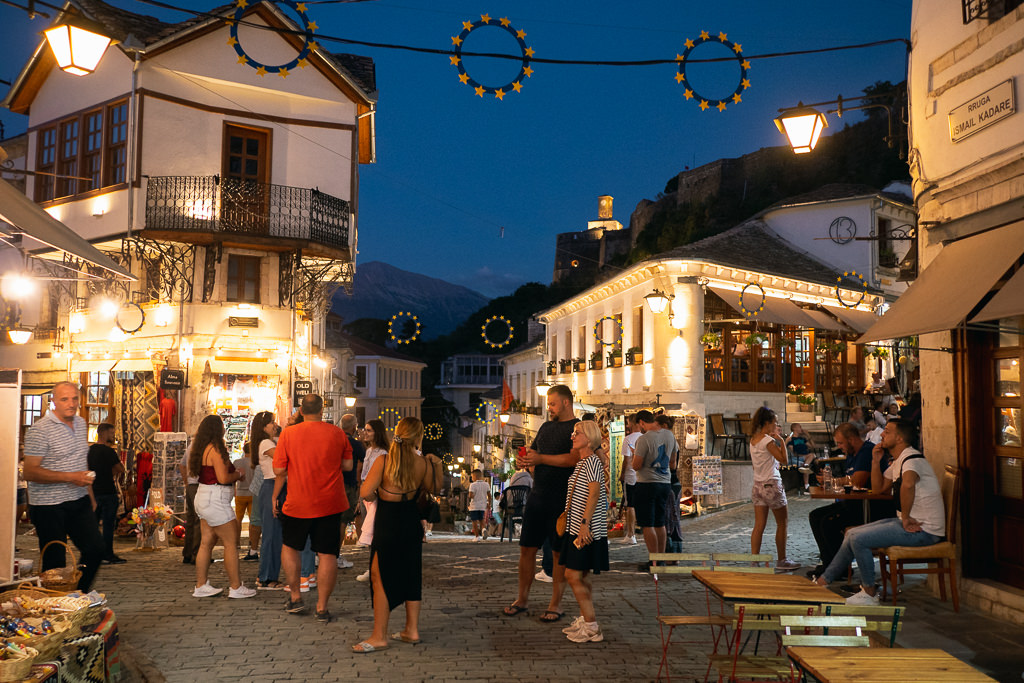
The interior of the Balkans is much more about discovering the old towns, the capital cities, exploring nature, and getting to know the culture. I’m biased as these areas really tickle my travel bone!
I especially love backpacking in countries like Albania, Romania, Bulgaria, and Bosnia, which remain a fair bit more off the beaten track. (Albania has been getting some early hype lately, but it remains a mostly hidden gem.) The hostels have a greater share of long-term travelers and so there is more of a backpacker culture there, or at least that’s been my impression.
Whatever vibe you are after though, you can find it in every country. You can spend your time on party boats and at techno festivals in Croatia, but equally find some of the best hiking trails and most charming rural towns.
When creating your Balkans itinerary, I think it’s fun to try and include a bit of everything; coastal tourist hotspots as well as more cultural places in the interior.
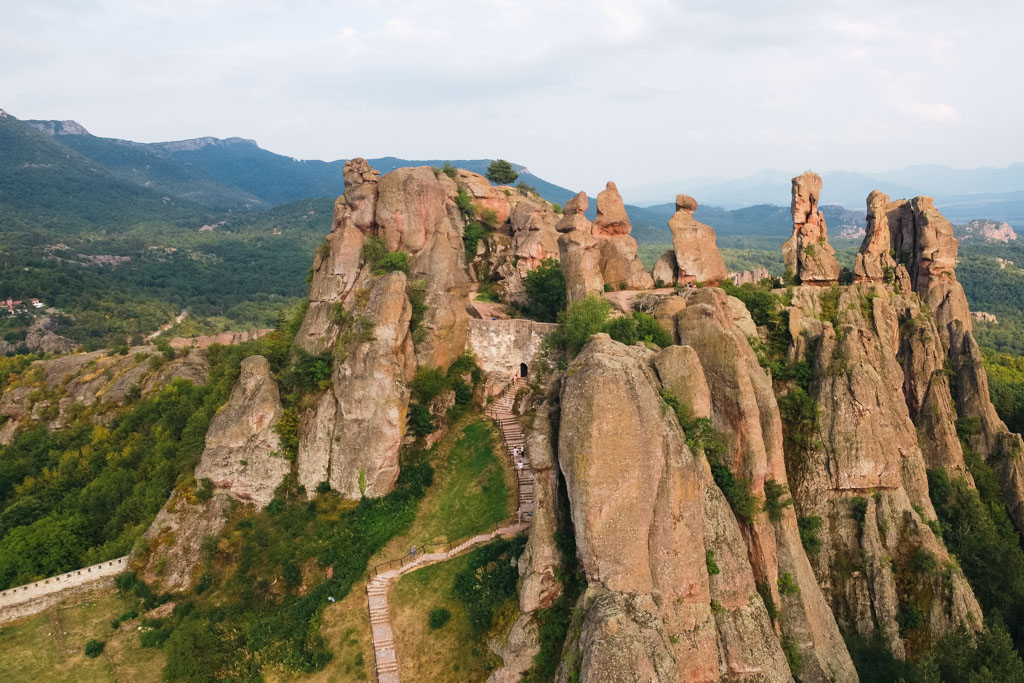
How to plan your route
Unlike other backpacking regions in the world, the Balkans doesn’t really have one specific route that everyone follows (such as the Gringo Trail in Latin America).
Fortunately, it’s quite easy to make your own route and improvise along the way. Make a wishlist of places and see if you can string them together.
If you have several weeks: then don’t go overboard with your itinerary! The region may be fairly compact, but it’s still nice to pace yourself. If you are on a 2- or 3-week trip through the Western Balkans, I think it’s ideal to pick just two or three countries you like most.
At least, I recommend this if you want to explore a variety of locations (coast, mountains, countryside, cities, etc.). It’s certainly also possible to cover many more countries within a few weeks, but then you’ll inevitably be mostly hopping from capital to capital. This is cool if you love cities, but you’ll miss out on other things.
If you are backpacking long-term: then have fun and enjoy the ride! The Balkans have at least a good 2 months’ worth of solid highlights, but there is always more to discover.
Unless you travel in the peak month of August, it’s typically easy to book hostels or hotels a day or two in advance. You can make plans on the fly if that’s how you like to travel, though it always helps to have a rough idea of where you want to go.
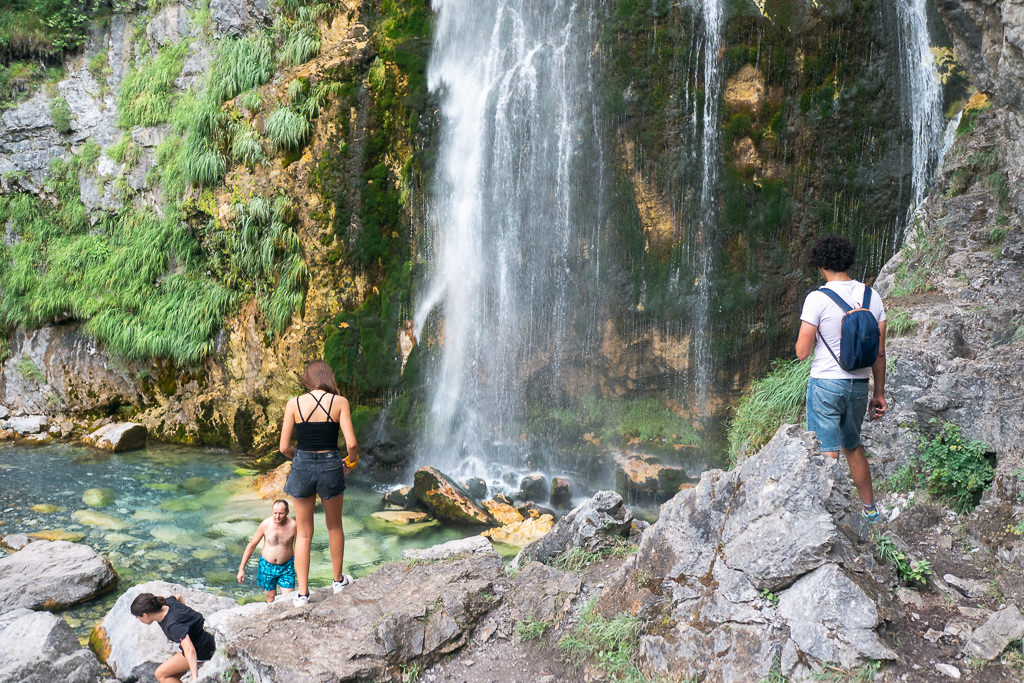
As I mentioned, there is no standard way of traveling around the Balkans, so you can get a bit creative with your Balkan backpacking route. But here are a couple of ideas:
Itinerary 1: Following the Balkan coast
Start your trip in Zagreb, Croatia. Visit the stunning waterfalls of Plitvice, run down the Croatian coast, and spend a few days island hopping or enjoying the charms of the coastal city of Zadar. Consider a side-trip to Mostar in Bosnia.
Head onwards via Dubrovnik, Kotor Bay in Montenegro, Tirana and Gjirokastër in Albania, then visit the monastery of Meteora in Greece. End your trip in Athens with a visit to the epic Parthenon.
Itinerary 2: Through the heart of the Balkans
Fly into Romania and run a circle around the Transylvania region, which is filled with colorful Medieval towns such as Brașov, Sibiu and Sighișoara.
Head to Belgrade, Serbia’s capital known for its buzzing nightlife. Dip down into Montenegro to see the impressive Kotor Bay, then end your trip exploring the unspoiled mountains and beaches of Albania.
(Alternatively, go via Bulgaria, stop at Lake Ohrid in North Macedonia, and end in Albania.)
Itinerary 3: City hopping around the Balkans
Start in Ljubljana, the laidback capital of Slovenia. Then jump over to authentic Zagreb, Croatia, followed by the exciting multicultural capital of Sarajevo in Bosnia.
Continue to Serbia’s capital Belgrade and finally to Skopje in North Macedonia. Take a trip out to the beautiful Ohrid Lake.
Tip: always put Serbia before Kosovo in your itinerary if you want to visit both. Serbia doesn’t recognize Kosovo as a country, so they won’t let you through if they see a Kosovo stamp in your passport.
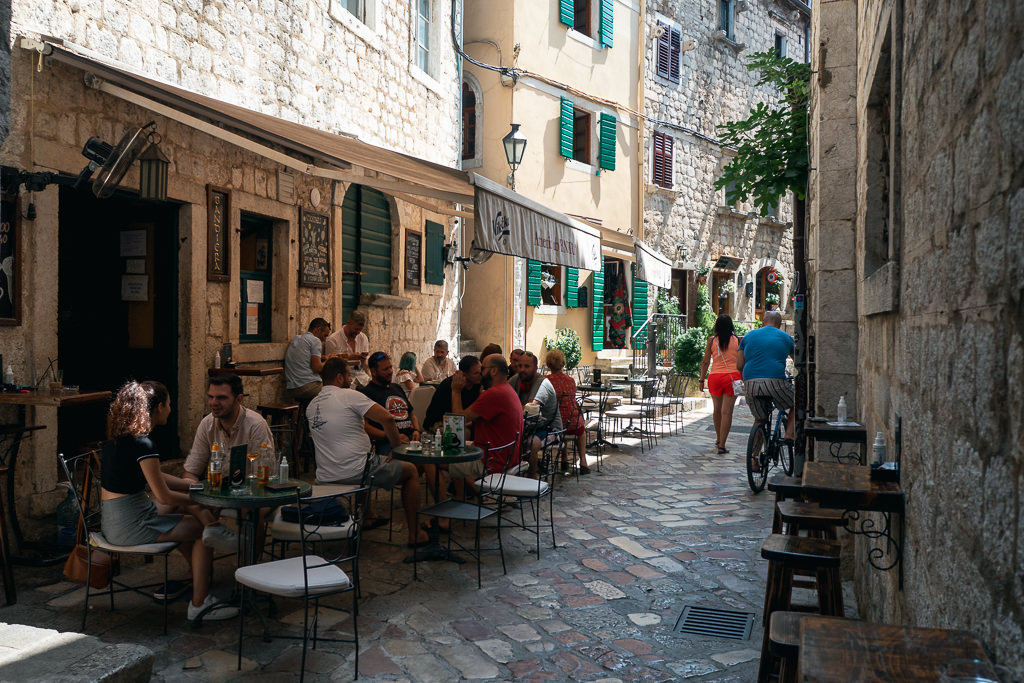
Practical issues in the Balkans
Traveling the Balkans isn’t that difficult per se. But it’s still a bit different from, say, Western Europe or North America in some ways that are useful to know.
Currencies
Four countries use the Euro (Kosovo, Montenegro, Slovenia and Croatia) while the others use their own local currencies. Card payments are often accepted, but you will likely have to use cash a lot too.
To reduce transaction fees, take cash out from ATMs in larger batches and from official banks (not from ATMs placed in grocery stores and such). Keep in mind the local currencies often can’t be exchanged in another country. Spend your cash before crossing borders, or trade your leftover cash with other backpackers who are traveling the opposite way.
Consider getting a Wise debit card for fair currency conversion rates and no ATM fees.
Borders & visas
Speaking of borders, there are a lot of them in this highly fragmented region. Only a few Balkan countries are part of the European Union.
In 2025, Bulgaria and Romania became full members of the border-free European Schengen zone (in addition to Slovenia, Croatia, and Greece). If you’re from outside the EU, keep in mind these countries will count towards your maximum 90-day Schengen visa.
In the other countries, if you have an ‘easy’ passport such as EU, US, Canada, or Australia, you can get visa-on-arrival almost everywhere, which will usually be good for 3 months in that country.
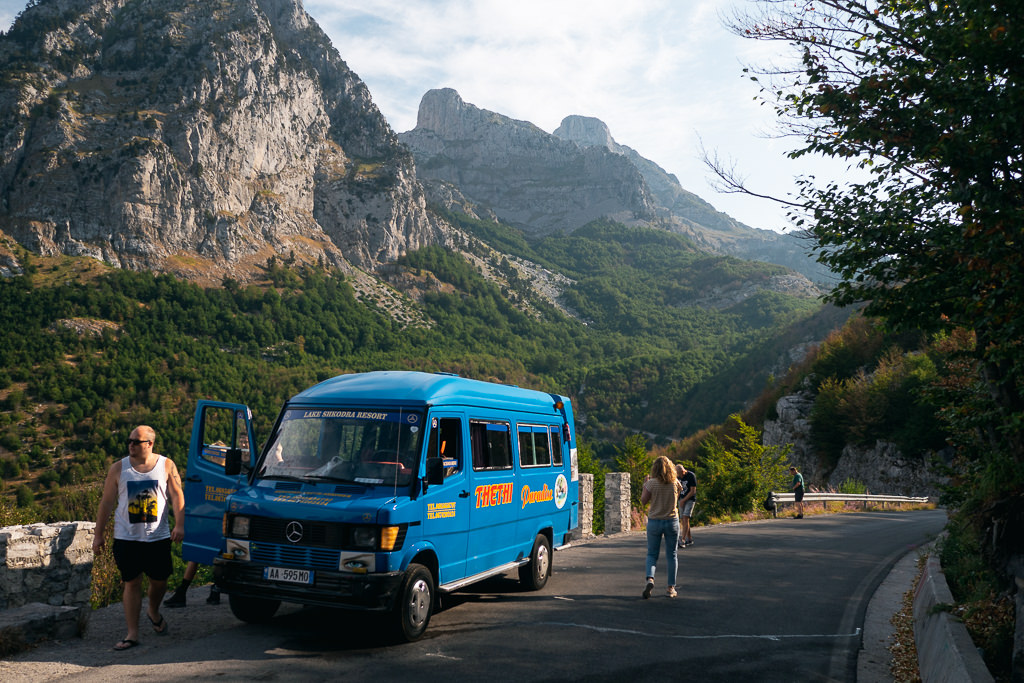
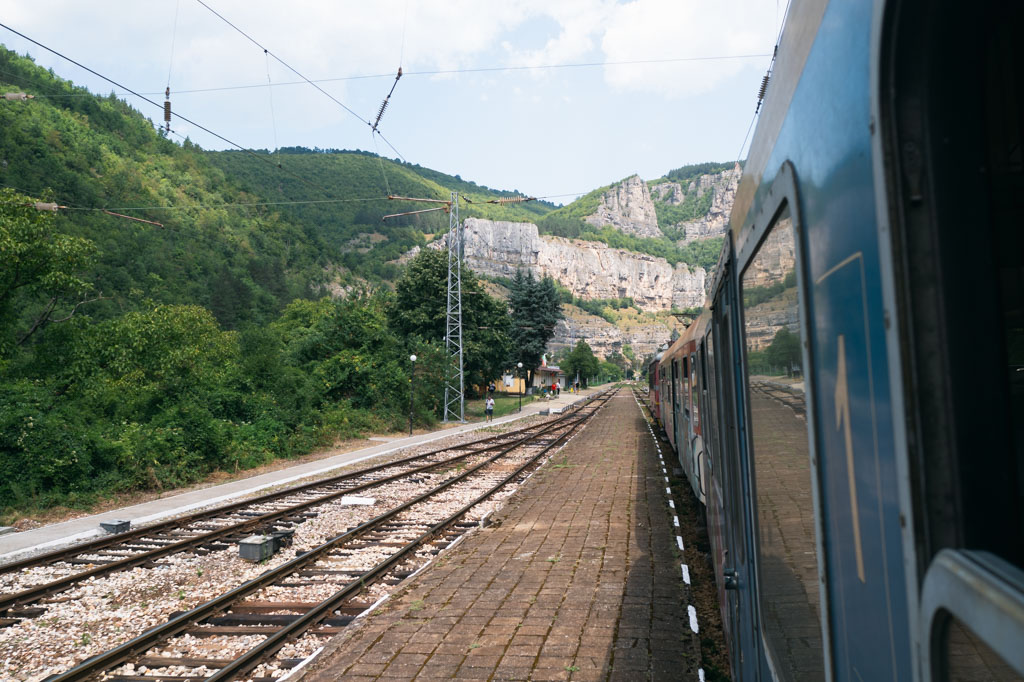
Transport
There are not so many trains in the Balkans so you’ll need to travel mostly by bus. Some things can be a bit more basic in the Balkans. For example, if you’re used to receiving digital tickets for your train or bus, you may find it’s still paper-based. Not all transport connections can be found online, so it’s always worth inquiring at hostels or hotel receptions how best to get from A to B.
Language
Most young people speak English, but not so for the older generations, so there is occasionally a bit of a language barrier.
Safety in the Balkans
The Balkans are a safe part of the world to travel, including travelling solo and including for women.
The region does have some negative stereotypes, which probably still stem from the turbulent years in the 1980s and 90s during the fall of communism and the Balkan War. These days, though, there is peace in the Balkans and crime statistics are pretty similar to the rest of Europe.
Of course, petty crime such as pick-pocketing does exist as in many places in the world. As long as you keep common sense, you will unlikely face serious issues in the Balkans.
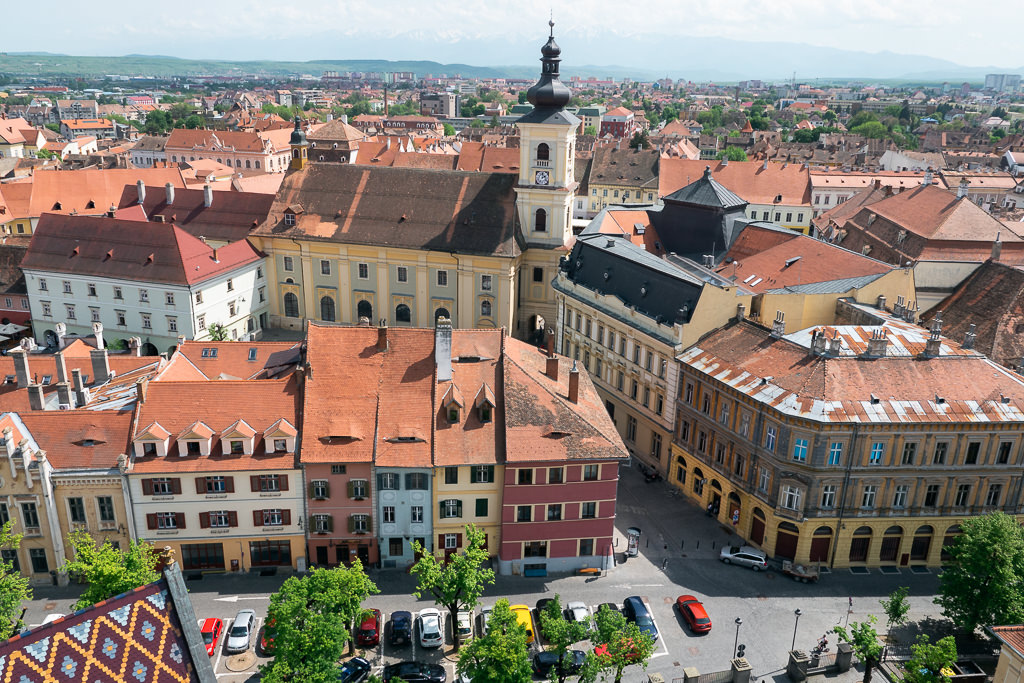
One thing I should mention is that in Bosnia there are still many landmines left from the war. You might want to avoid random exploration of the open countryside, abandoned buildings, or playing in the woods or something. That said, all the normal paths and places were cleared of mines long ago.
Despite the good safety levels, I recommend having travel insurance while backpacking the Balkans. This will cover you in case of theft, medical issues, cancellations, or other unforeseen situations. I use Heymondo which has affordable and comprehensive travel insurance, as well as an app through which you can easily get assistance anytime while you’re on the road.
You can get 5% off Heymondo by using this link.
Get budget-friendly insurance
Travel insurance will cover you for theft, medical emergencies, trip cancellation, and much more.
I always use Heymondo, which offers great coverage, no excess or deductibles, and an app with 24/7 assistance & doctor chat for more peace of mind when you travel.
Get a quote at heymondoBalkans backpacking costs
The Balkans are very inexpensive overall, especially if you travel backpacker-style. Drink the local beer, sleep in dorms, eat where the locals eat, and you can surely manage on anything between €25 and €40 a day.
In countries like Bosnia, Serbia, or Albania you can easily find local breakfast for around €3 or meals for €6. Street food is a big thing throughout the Balkans and it can easily power you through the day if you’re not too picky.
In countries like Romania or Albania, it’s not difficult to find dorm beds for about €10 – €12 a night, or private budget rooms for about double that amount.
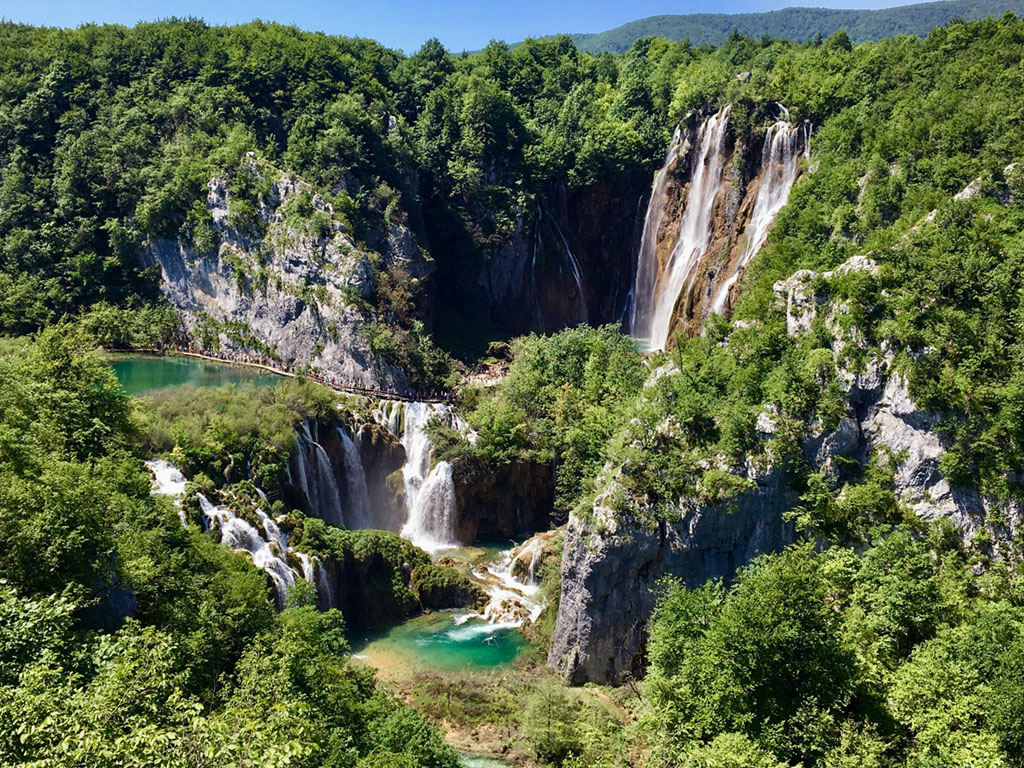
I should mention Croatia’s coast seems to be getting ever more expensive. Last time I was in Split I paid €16 for a thoroughly underwhelming burger with chips… and that was next to the bus station. It would have probably cost just €5 in Albania or Bosnia.
Kotor Bay in Montenegro is also a bit more expensive than elsewhere, though maybe not as extreme as Croatia.
More Balkans inspiration
So far, I’ve covered some of the practical issues around planning a Balkans trip. Of course, there are a lot more to say about the specific destinations. Dig in with these deeper travel guides:
- 5 Reasons Why I Utterly Loved Traveling In Romania
- A Backpacker’s Travel Guide To Croatia
- Hiking In Croatia: 7 Gorgeous Trails You Might’ve Never Heard Of
- Is Bulgaria Worth Visiting? My Honest Impressions
- Albania Travel Guide: All The Places You Shouldn’t Miss
- A Guide To Albania’s Accursed Mountains
- Soulful Sarajevo: One of Europe’s Most Underrated Capitals
- 10 Must-Do Things In Beautiful Bosnia


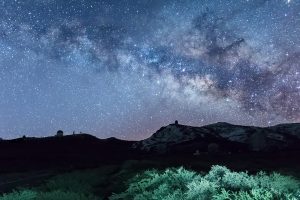
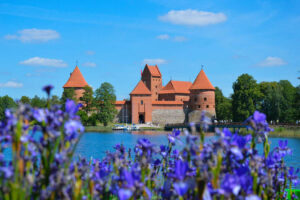
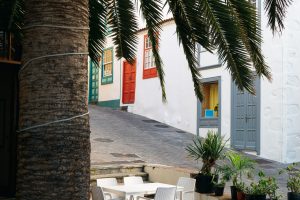
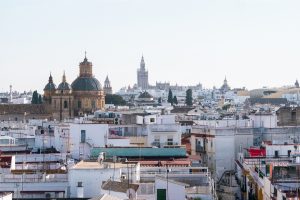
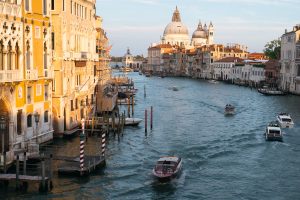
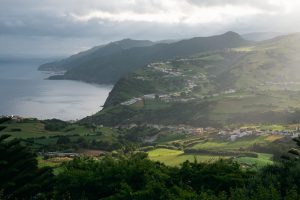
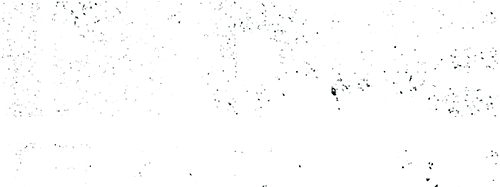
Thank you for this amazing blog Marek.
wanted to ask permision if i can use a preview of this blog on my site, http://www.activealbania.com ? ofc i will add links to main article.
Regards, Mirjan
Hi Mirjan, glad you enjoyed. Sure, as long as it’s not the whole article and you link to it, then that’s fine!